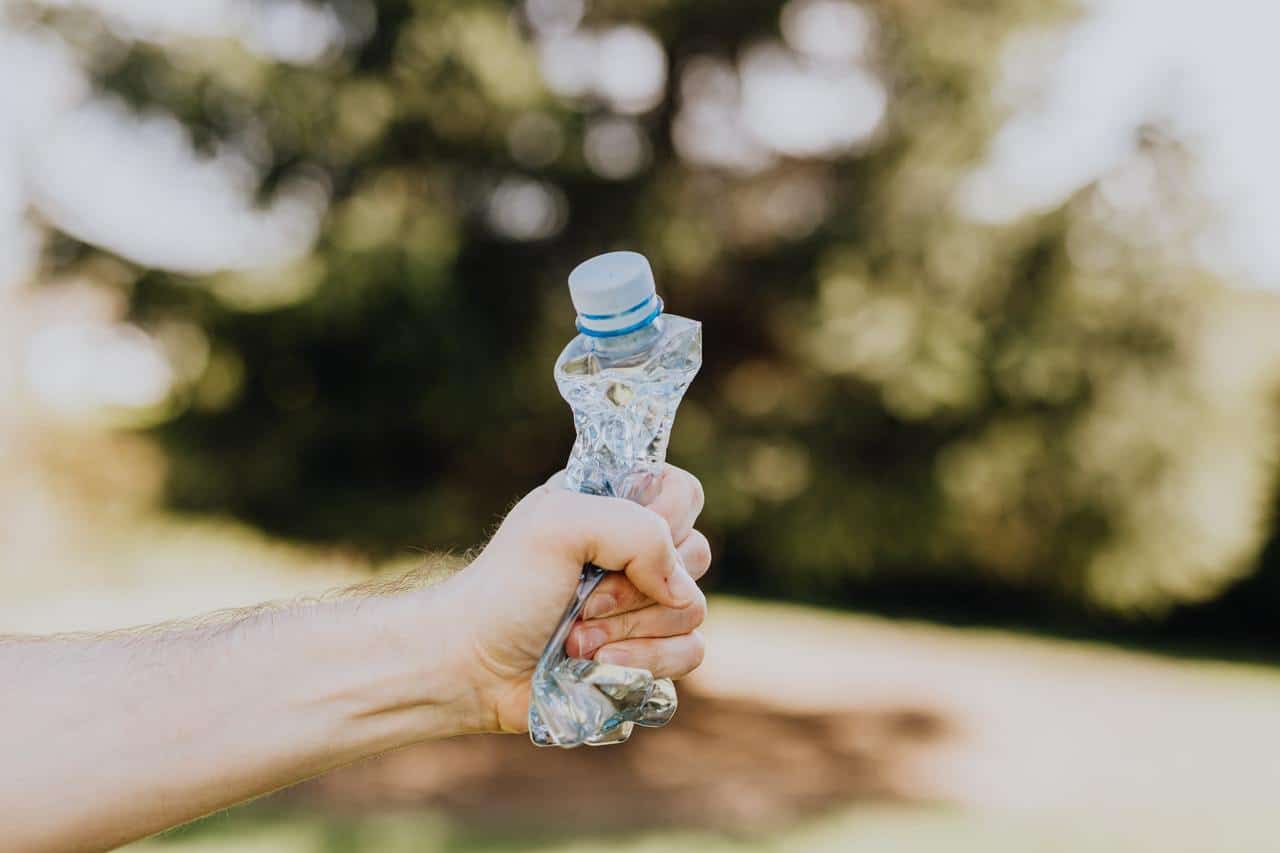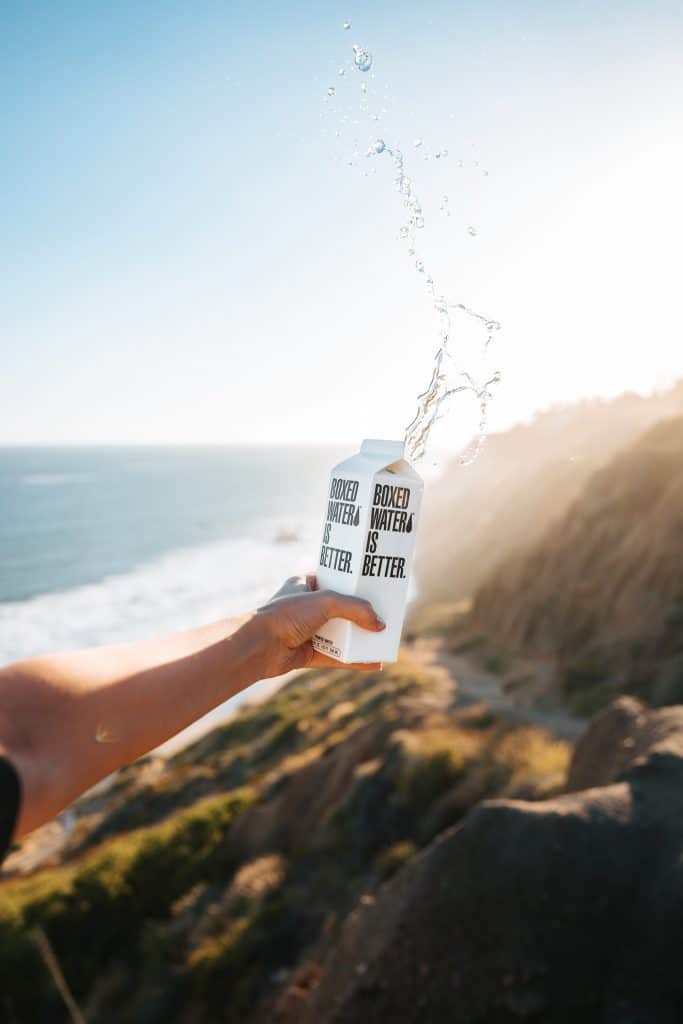
Plastic is the most popular plastic in the world. Almost everything is made from it. Including many disposable items that quickly become trash. Is it possible to escape from this?
According to the data from the beginning of 2020, Poles use on average 160 kg of plastic packaging per year. In the world 330 million tons of plastic are produced annually. Most of these are items that we use only for a few moments: disposable bags, beverage bottles, straws, disposable crockery and cutlery… The examples can be multiplied as fast as the plastic production is multiplying.
We hear more and more about environmental awareness. The media draw attention to the problem of pollution of the Earth. Plastic waste can be found everywhere: on city streets, in forests, rivers and oceans. Plastic kills not only flora and fauna, but also us – humans. What steps can we take in our homes and daily lives to reduce plastic consumption?
A simple and very effective idea to reduce plastic in the household is to quit buying drinks in plastic bottles. This will not only be a step towards saving the planet, but also our health. Sweetened sodas are not good for the body and provide empty calories. If we do not like the taste of water, it is worth betting on homemade juices and herbal teas. In many places you can drink water directly from the tap or use water filters. This will save you from buying non-carbonated water in plastic and will not generate waste. The solution for carbonated water lovers are saturators. With their help we can prepare water with your favorite degree of aeration.
If we find it difficult to give up ready-made drinks, we can look for equivalents in glass containers. Unfortunately, drinks in glass bottles are often more expensive than those in plastic. Fortunately, more and more companies are returning to the idea of buying back empty glass bottles.

We’ve been seeing a shift away from single-use plastic bags for quite some time now. Many stores have stopped selling them altogether. It’s worth investing in reusable canvas bags that can hold large purchases. But not only. Let’s think about products that we buy by weight: be it sweets or fruit and vegetables. Very often we use small, disposable bags to pack them. We can depart from this, too. It is enough to buy cloth, reusable bags, paper bags or use the packaging brought from home. Such solution is accepted e.g. in butcher stores. If you bring your own reusable containers, the shop assistant will certainly pack the minced meat or slices of ham into them. Thanks to that, we will avoid bringing in more plastic bags.
Manufacturers of everyday objects are more and more frequently replacing plastic with more ecological materials. Ear buds, toothbrushes, drinking straws and disposable dishes used during barbecues are all disposable plastic. When buying such items for our household, let’s make informed choices. Real straws, bamboo toothbrushes, paper cutlery, dishes made from leaves – very often such items lie next to plastic ones and wait for us to change our attitude.
Another simple suggestion is to pay attention to what we buy ready-made food in, how we pack sandwiches for work, how we store leftover food in the fridge. This is also where a lot of plastic “hides”. Both in the form of disposable packaging, as well as bags and foil. Let’s order take-away food in such places that pay attention to what they pack meals in. If you buy ready-made meals in supermarkets, you should also check how they are packed. At home we should use reusable and ecological waxes, resealable boxes and paper
Photo Karolina Grabowska/Pexels